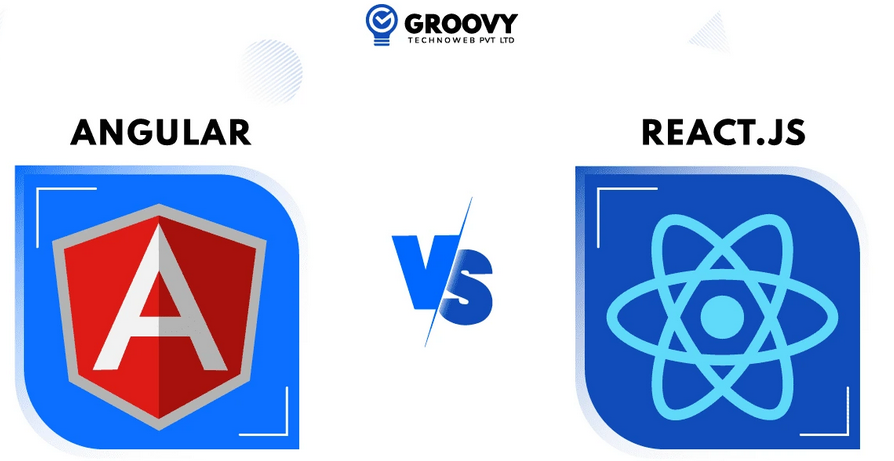AWS cloud adoption need not always translate into shutting down data centers and migrating applications through a lift-and-shift approach. The real value lies in starting small, measuring impact, and utilizing cloud offerings as a natural extension to your on-premises IT landscape.
As seen in the previous scenario, the GitLab control plane still continued to remain in the on-premises data center, while the runners leveraged the elasticity of the cloud. This gave the developers immediate benefits in terms of compute selection, scalability, reliability, and elasticity of the cloud. Amazon EC2 is the Elastic Compute Cloud offering, which offers scalable computing capacity for virtual servers, security, networking, and storage. Combining this with the EC2 Auto Scaling service, I configured capacity thresholds that allowed us to maintain a default set of runners and scale, with the demand driven by real usage.
Infrastructure management in data centers usually lacks this level of flexibility unless there are interfaces or resource orchestrators made available to the end user for provisioning resources in an automated way.
Collecting metrics for understanding resource usage
Requirements relating to measuring usage and alerting on thresholds were further simplified with the use of Amazon CloudWatch. CloudWatch is a metrics repository in which different AWS services and external applications publish usage data. EC2, like other services, makes data points such as CPU, memory, and storage consumption available, which helps to identify threshold breaches, resulting in the automation of scaling decisions.
Having access to these metrics out of the box is a considerable automation accelerator for two reasons. You need not invest any effort in capturing this data with third-party agents and the close-to-real-time nature of this data helps with dynamic decision-making. Furthermore, AWS also offers native integrations around alarms and service triggers with CloudWatch. So, extending these to usual notification mechanisms, such as email, SMS, or an external API, is generally a low-effort implementation.
Paying for what you use
AWS offers a pay-as-you-go pricing model. In contrast to this, on-premises resources come with a fixed-priced costing model and require a lot of time and operational effort. Combining this with metrics from CloudWatch, it was possible to automatically scale down the EC2 compute resources during periods of low usage (after work hours and weekends). This further reduced AWS costs by ~20-30%.
Generally speaking, on-premises infrastructure resources are mostly over-provisioned. This is done to maintain an additional buffer of resources, should ad-hoc demand require it. AWS, on the other side, offers the capability to right-size all your resources based on your exact needs at the moment. This is a big win for agile teams to respond to changing customer demands and usage patterns.

